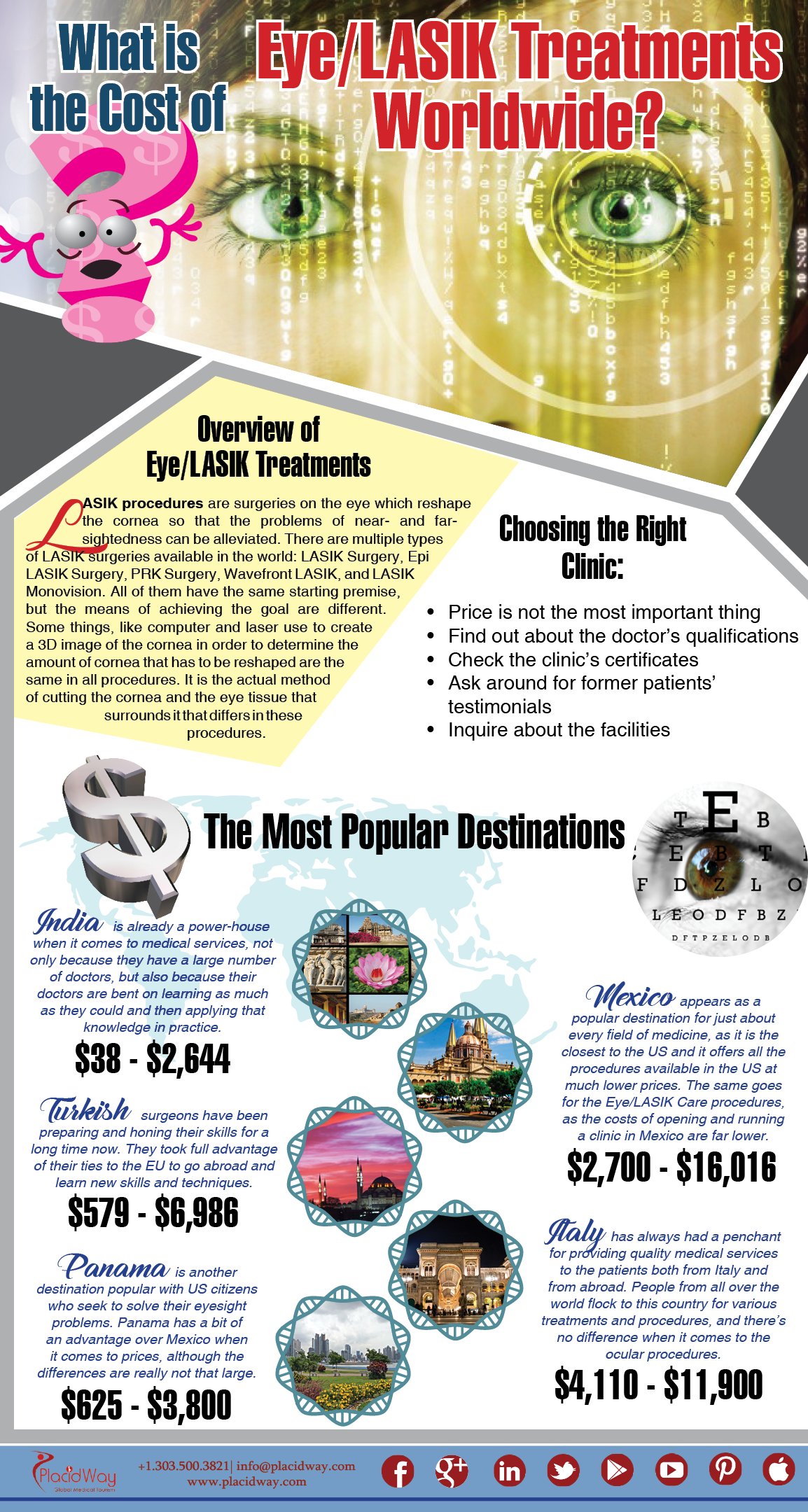Fascinated In Discovering The Distinctions Between SMILE, LASIK, And PRK Eye Treatments?
Fascinated In Discovering The Distinctions Between SMILE, LASIK, And PRK Eye Treatments?
Blog Article
Authored By-McNamara Sander
If you've been taking into consideration SMILE eye surgery, you could question how it stacks up against LASIK and PRK. Each treatment has its own collection of advantages and factors to consider. From quicker healing times to prospective risks, there are essential distinctions you must recognize before making a decision. Understanding these distinctions will help you make an enlightened selection that lines up with your specific requirements and assumptions. Curious to recognize even more about how these treatments contrast thoroughly? Keep on discovering to obtain a thorough understanding of SMILE, LASIK, and PRK.
SMILE Eye Surgery Overview
If you're thinking about SMILE eye surgery, you'll find it to be a minimally intrusive treatment with a fast healing time. Throughout SMILE (Tiny Cut Lenticule Removal), a laser is made use of to develop a little, specific laceration in the cornea to get rid of a tiny item of tissue, reshaping it to correct your vision. This varies from LASIK, where a flap is developed, and PRK, where the outer layer of the cornea is entirely eliminated.
One of the key benefits of SMILE is its minimally intrusive nature, bring about a faster healing procedure and less pain post-surgery. The recuperation time for SMILE is reasonably fast, with lots of clients experiencing boosted vision within a day or 2. This makes it a preferred choice for those seeking a hassle-free and efficient vision modification treatment. Furthermore, SMILE has been shown to have a lower risk of completely dry eye disorder contrasted to LASIK, making it a desirable alternative for individuals concerned about this potential side effect.
Differences In Between SMILE, LASIK, and PRK
When contrasting SMILE, LASIK, and PRK eye surgical procedures, it's important to understand the unique methods used in each procedure for vision modification.
SMILE (Little Cut Lenticule Extraction) is a minimally invasive procedure that involves producing a little incision to remove a lenticule from the cornea, reshaping it to remedy vision.
LASIK (Laser-Assisted In Situ Keratomileusis) entails producing a slim flap on the cornea, utilizing a laser to improve the underlying cells, and then rearranging the flap.
PRK (Photorefractive Keratectomy) removes the outer layer of the cornea before reshaping the cells with a laser.
The primary distinction hinges on the means the cornea is accessed and dealt with. SMILE is flapless, making it an excellent alternative for individuals with slim corneas or those associated with call sporting activities. LASIK uses quick aesthetic recovery due to the flap development, however it might position a greater risk of flap-related issues. PRK, although having link web site , avoids flap-related issues entirely.
Recognizing simply click the following article is crucial in picking one of the most suitable treatment for your vision modification needs.
Advantages And Disadvantages Comparison
To assess the benefits and drawbacks of SMILE, LASIK, and PRK eye surgeries, it's important to think about the particular advantages and prospective limitations of each treatment. SMILE surgical treatment uses the benefit of a minimally intrusive procedure, with a smaller cut and potentially quicker healing time compared to LASIK and PRK. It additionally minimizes the risk of dry eye post-surgery, a common negative effects of LASIK. However, SMILE might have constraints in treating greater levels of myopia or astigmatism contrasted to LASIK.
LASIK surgical procedure supplies quick visual recovery and very little discomfort throughout the treatment. It's highly efficient in dealing with a vast array of refractive mistakes, consisting of myopia, hyperopia, and astigmatism. Yet, LASIK carries a danger of flap complications, which can affect the corneal framework.
PRK eye surgical procedure, while not as popular as LASIK, avoids developing a corneal flap, minimizing the threat of flap-related problems. It's suitable for patients with slim corneas or uneven corneal surfaces. Nevertheless, PRK has a much longer recuperation time and may involve more pain throughout the recovery process.
Conclusion
So, when it involves picking in between SMILE, LASIK, and PRK, consider it like picking the best pair of shoes. SMILE resembles a sleek, comfy set of sneakers - quick and simple.
LASIK is much more like stylish high heels - fancy and quick, but with some potential threats.
PRK is like strong treking boots - reputable and resilient, however requiring a little bit more time and effort.
Ultimately, the best choice depends on your individual needs and preferences.
